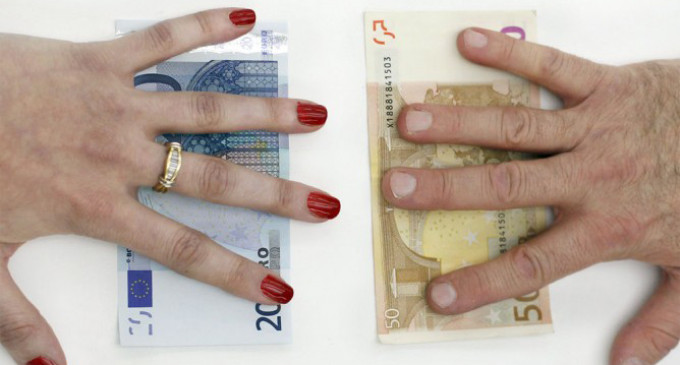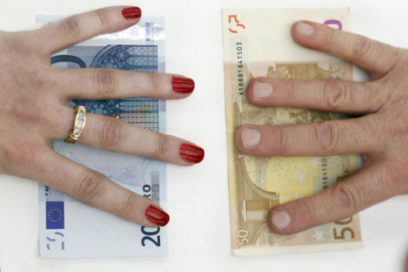 The topic of the sexual abuses, the unwanted pregnancy, poverty and prostitution are frequently tackled in films and series on television. That is just the result of violence of genus suffering a high percent of women worldwide.
The topic of the sexual abuses, the unwanted pregnancy, poverty and prostitution are frequently tackled in films and series on television. That is just the result of violence of genus suffering a high percent of women worldwide.
The wage division opened as consequence of the sex, a phenomenon which is far to have a solution, because despite the improvements compared to years before, the studies show that the majority in the countries. Women receive between the 70 and the 90 percent less of the wages compared to men in the same posts.
The late incorporation of women to the labor market has turned into a justification fact which they try to use to theoretically justify, the reason why of this salary difference. However, the office of the United Nations Organization (UN) for the assistance to Women, devoted to promote equality of genus and the empowerment of women, produced that between 1980 and 2008, about 552 million women became labor force in their countries, as it was expressed in a report from 2013.
In this period it was multiplied the female presence in the professional panorama, either ion the private level or the public one. Even though, six of every 10 workers worldwide were still men in the moment of the publication of this study. In 2011, the 50,5 percent of the workers were in vulnerable employments in front of the 48,2 percent of men in the same circumstance.
Men are the ones who historically establish the conditions and consider women as a seasonal investment and not lasting. When choosing between a man and a woman they decide for the man, because according to them, they are the head at home. Actually, every time are more frequently other models of family, above all, mono parental where women are the real heads at home.
There are different tendencies of wages worldwide in the last years that obviously influence in women. It is possible to distinguish this between those developing emerging countries, in developing conditions and the developed countries.
In the first ones, like Latin America and the Caribbean, wages have increased, above all, due to the result of the economical dynamic and also, because more people have passed from the informal economy to the formal one, where the medium wage is superior.
Whereas, in the developed countries, like those from Europe or the United States (US), the hours are in standstill or its increase is very discreet.
The world report from 2014 of the International Labor Organization (ILO) warns that the labor market is a factor that promotes inequality of wages.
Spain and the US are the two countries where there are the greatest differences in the payment to women according to ILO. The rift in wages in the first round was of 17 percent, while in the US is the 35 percent. That is, when it is compared the education, experience, the branch and range where they work – things that should determine men’s productivity – it is evident that women have a capacity above men, nevertheless, the pay is still inferior.
Between the countries with less inequalities are Sweden (4 percent) and the average of the 26 countries from the European Union (EU) which are included in the research made by the ILO that had drove women should receive wages of 0,9 percent higher to men, but the fact is that they earn 18, 9 percent less.
The challenge of inequality could be solved by policies that will influence in the wages and with fiscal strategies that will redistribute the incomes, goals that seem to be impossible and not wanted.
The stagnation of the salaries should be treated as a legal matter and of economic growth,” Sandra Polaski, director general for ILO’s policy said. “And as general inequality is above all a consequence of differences in salaries, it is needed to adopt policies of labor market to face it.”
While the powerful people and those who make decisions agree, women worldwide should work as average, about 80 days more than men to have the same wage, data that reveals just the essence of an unjust and patriarchal world.


